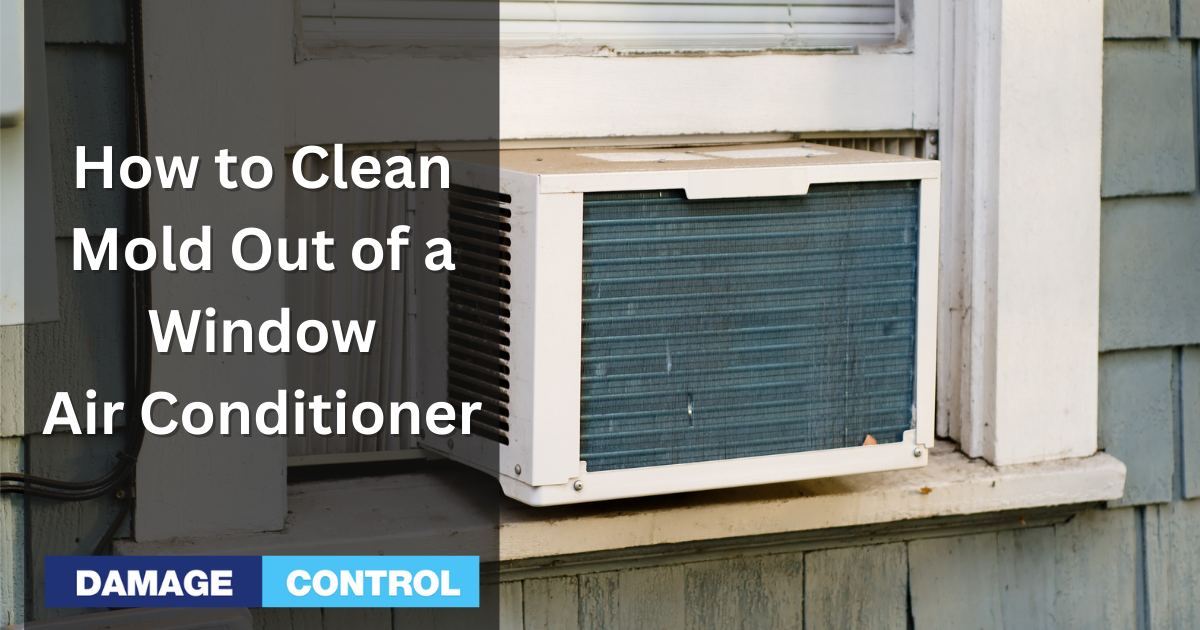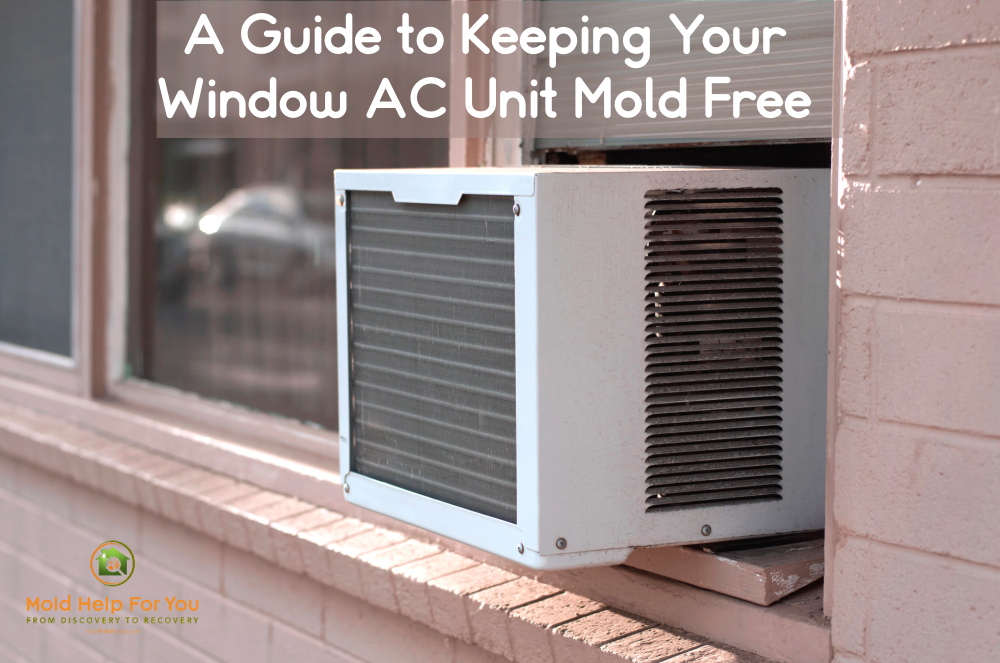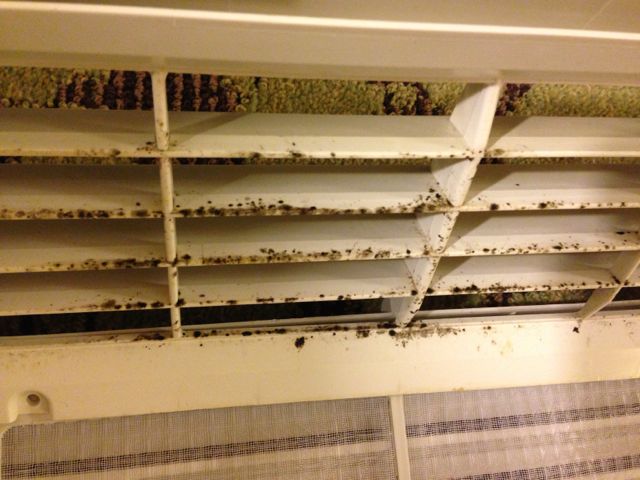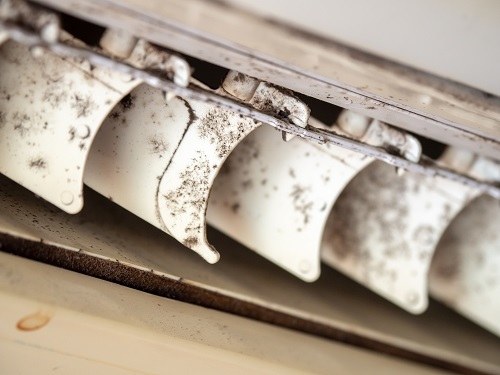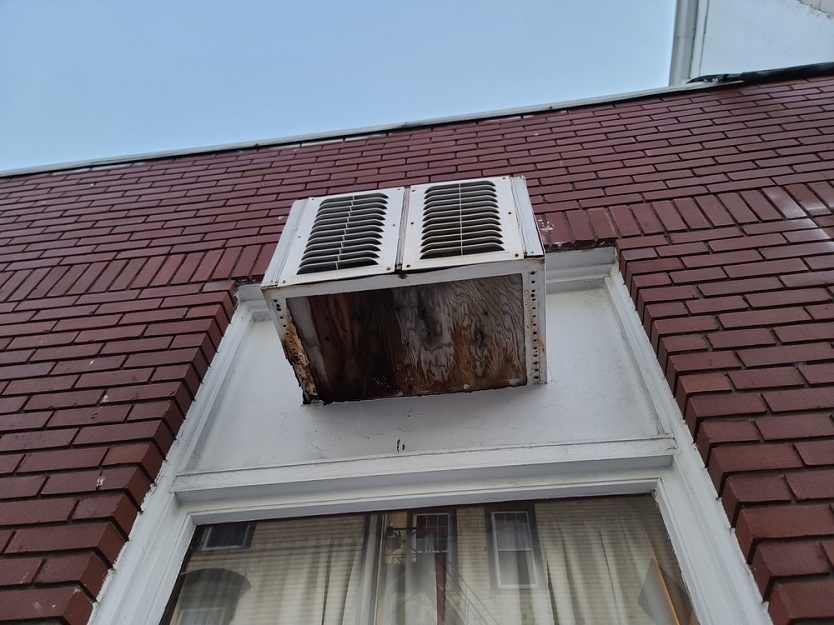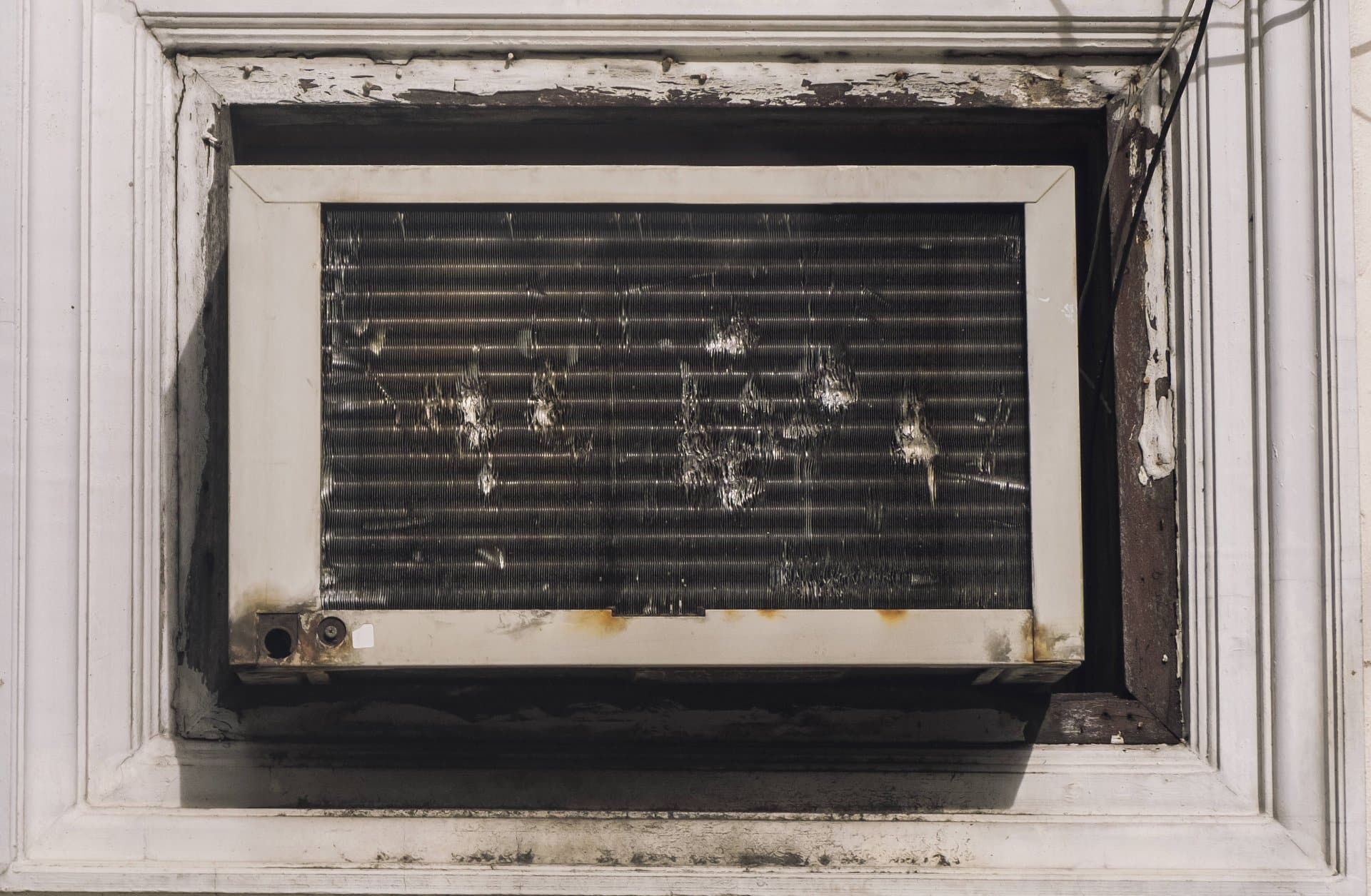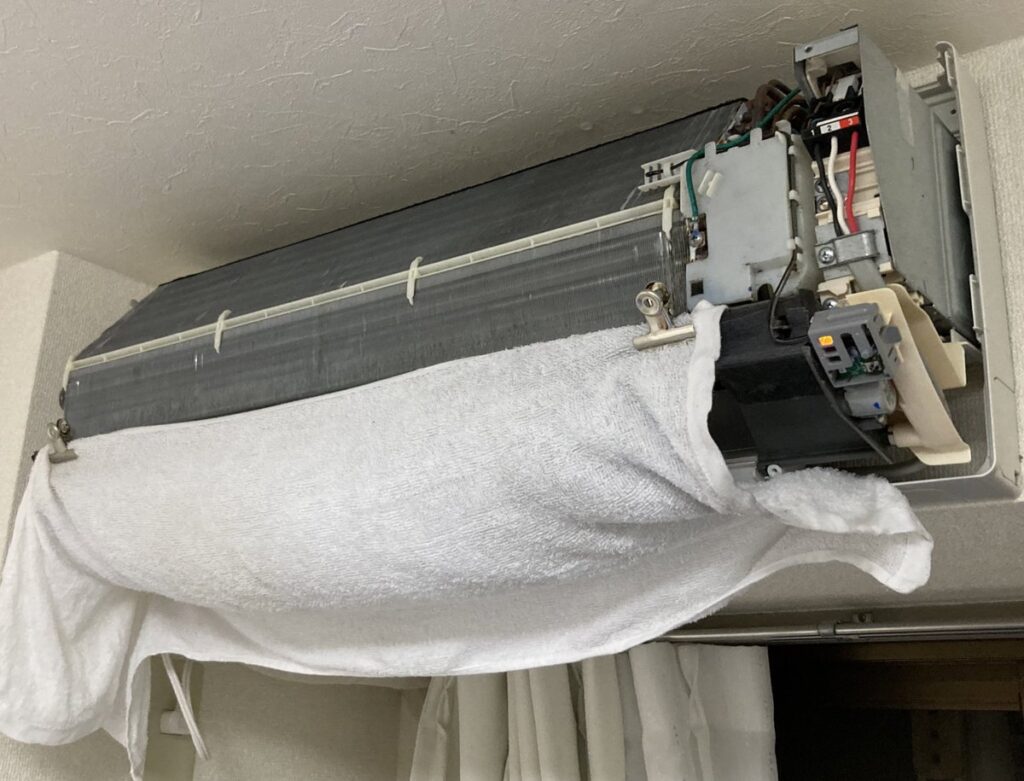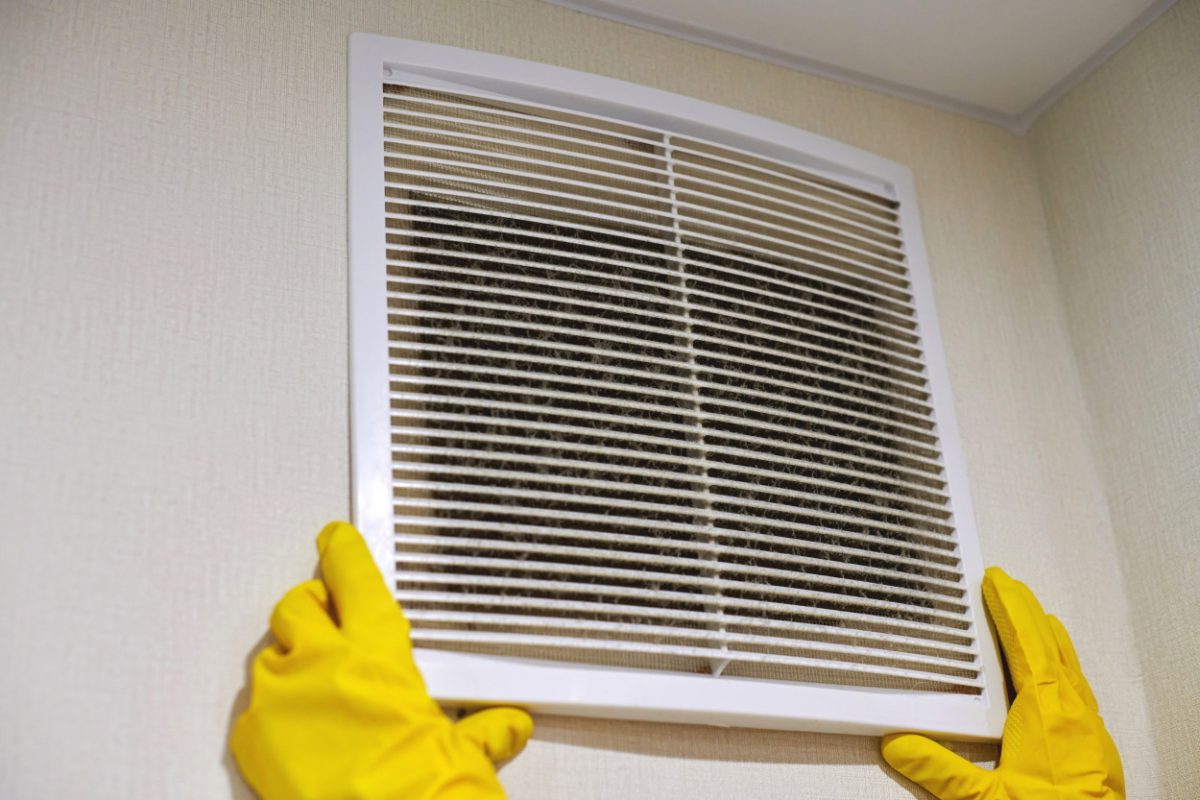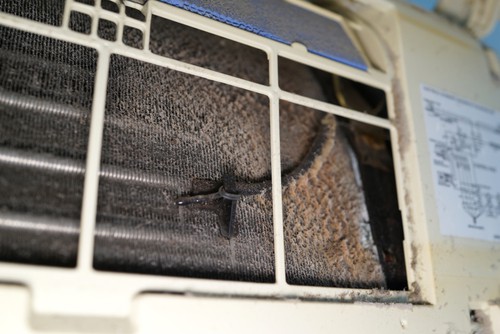How To Prevent Mold In Window Ac

Summer's sweltering heat often drives us to rely on window air conditioners for cool relief. However, these convenient appliances can become breeding grounds for mold if not properly maintained. Preventing mold growth is crucial not only for the longevity of your AC unit but also for the health of your indoor environment.
Mold in window AC units is a common problem, but understanding how to prevent it can save homeowners from costly repairs and potential health issues. This article outlines the steps you can take to keep your window AC clean and mold-free, ensuring a healthier and more comfortable living space.
Why Mold Thrives in Window AC Units
Window AC units provide the perfect environment for mold growth: darkness, moisture, and a food source (dust and debris). Condensation, a natural byproduct of the cooling process, creates the dampness that mold needs to flourish.
Dust, pollen, and other airborne particles accumulate inside the unit, providing the organic matter that mold feeds on. According to the Environmental Protection Agency (EPA), mold spores are ubiquitous, meaning they are present in nearly all environments, both indoors and outdoors.
Therefore, preventing mold growth is not about eliminating spores, but about controlling the conditions that allow them to multiply.
Key Prevention Strategies
Regular Cleaning is Essential
The most effective way to prevent mold is through regular cleaning. Cleaning involves both the visible parts and the internal components of the unit.
At least once a month, unplug the AC unit and remove the front panel. Use a vacuum cleaner with a brush attachment to remove dust and debris from the fins and coils.
Wash the removable filter with warm, soapy water, rinse thoroughly, and allow it to air dry completely before reinserting it. According to the National Air Duct Cleaners Association (NADCA), a clean filter significantly improves the efficiency and air quality of the unit.
Addressing Excess Moisture
Managing moisture is critical in preventing mold growth. Ensure the unit is properly tilted to allow condensation to drain properly.
Check the drain hole regularly to ensure it is not clogged. If it is, use a small wire or pipe cleaner to clear any obstructions.
Consider using a dehumidifier in the room, especially during periods of high humidity. This reduces the overall moisture level, making it less favorable for mold growth.
Using Mold-Killing Products
For added protection, consider using a mold-killing spray or wipe specifically designed for HVAC systems. Follow the manufacturer's instructions carefully when applying these products.
Be sure to ventilate the area well during and after application. Some individuals may be sensitive to the chemicals in these products, so it's best to use them sparingly and with caution.
Vinegar can be a natural alternative to commercial mold-killing products. Dilute white vinegar with water and spray it on the affected areas, letting it sit for an hour before wiping it away.
Proper Storage During Off-Season
When the cooling season ends, proper storage is crucial to prevent mold from growing during the off-season. Remove the AC unit from the window and clean it thoroughly, following the steps outlined above.
Ensure the unit is completely dry before storing it. Wrap the unit in a plastic bag or cover to protect it from dust and moisture during storage.
Store the unit in a cool, dry place. Avoid storing it in damp basements or garages, where mold is more likely to thrive.
Health Implications of Mold Exposure
Ignoring mold growth in your window AC unit can have significant health consequences. Mold exposure can trigger allergic reactions, asthma attacks, and other respiratory problems.
Symptoms of mold exposure include sneezing, runny nose, coughing, wheezing, and skin rashes. People with pre-existing respiratory conditions or weakened immune systems are particularly vulnerable to the health effects of mold exposure.
The Centers for Disease Control and Prevention (CDC) recommends prompt removal of mold growth to minimize health risks.
Addressing Existing Mold Growth
If you discover mold growth in your window AC unit, it's important to address it promptly. For small amounts of mold, you may be able to clean it yourself.
Use a mold-killing solution or a mixture of bleach and water to scrub the affected areas. Wear gloves and a mask to protect yourself from mold spores.
For extensive mold growth, it's best to consult with a professional mold remediation company. Professional remediation ensures thorough removal of mold and prevents its recurrence.
Conclusion
Preventing mold growth in your window AC unit is a simple but crucial task that protects both your appliance and your health. By following the strategies outlined above – regular cleaning, moisture control, and proper storage – you can enjoy a cool and healthy indoor environment all summer long.
Remember, a proactive approach to mold prevention is always more effective than dealing with the consequences of mold infestation. Take the time to maintain your window AC unit, and you'll be rewarded with clean, cool air and peace of mind.




